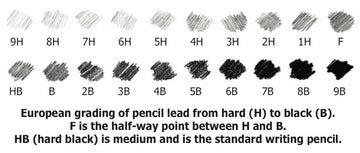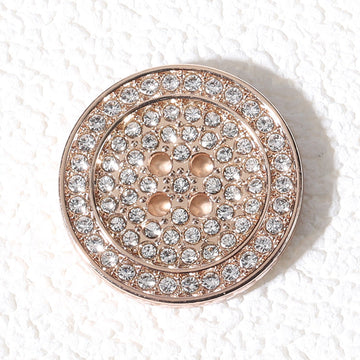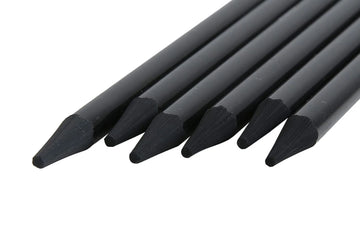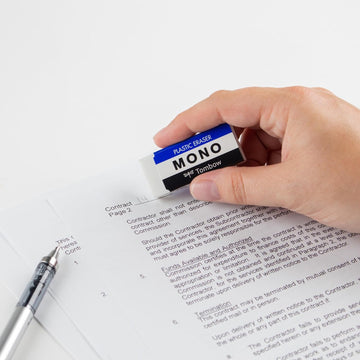
Lead Pencil Sizes: A Comprehensive Guide
Pencil leads, also known as clutch leads or graphite sticks, come in a variety of sizes, each with its unique purpose. The diameter of the lead determines its thickness, hardness, and the type of task it is best suited for. This guide will delve into the different lead sizes, their uses, and the scales used to measure hardness.
The most common lead sizes for mechanical pencils are 0.5mm, 0.7mm, and 0.9mm. These sizes are versatile and cater to a wide range of applications. Finer points like 0.5mm leads, due to their thinness, are ideal for precise line work such as technical drawings, fine writing, and diagrams.
For those seeking fine and precise options, the 0.3mm and 0.2mm lead sizes excel. These leads of this size are ideal for intricate and detailed work, including architectural drawings, fine art, or precise line work. They are also suitable for people with very small handwriting.
The thinnest mechanical pencil leads available are 0.2mm and 0.3mm. These leads are ideal for writing in small spaces and adding whisper-thin details to art. Peter Rabbit drawn with 0.2 mm, 0.3 mm, and 0.4 mm leads illustrates the versatility of these fine leads.
Drafting pencils are used to draw consistent line widths and their lead sizes are 0.2 mm, 0.3 mm, 0.4 mm, 0.5 mm, 0.7 mm, and 0.9 mm. These lead sizes cater to detailed technical drawings that require precision and consistency.
In comparison to wooden pencils, mechanical pencil leads are much thinner, typically ranging from 0.3mm to 0.9mm in diameter. This difference in thickness results in fewer lead grades being available for mechanical pencils. The lead core of a wooden pencil is approximately 2mm in diameter, whereas mechanical pencil leads are usually much thinner.
Mechanical pencils with lead sizes 1.1 mm, 1.15 mm, and 1.18 mm are less common and are often limited to vintage-inspired mechanical pencils with a twist lead extension mechanism. These leads are almost as long as regular pencil leads.
The hardness of pencil leads is measured on the HB scale, where H indicates hardness and B indicates blackness. However, mechanical pencil lead is only available in a limited range, from 4H to 4B, whereas wooden pencils range from 9H to 9B.
In conclusion, understanding the various lead sizes and their applications is crucial when selecting the right pencil for your needs. From precise technical drawings to fine art and general-purpose writing, there is a lead size suited to every task. With this guide, you now have a comprehensive understanding of the different lead sizes, their uses, and the scales used to measure hardness.
Pencil leads, also known as clutch leads or graphite sticks, come in a variety of sizes, each with its unique purpose. The diameter of the lead determines its thickness, hardness, and the type of task it is best suited for. This guide will delve into the different lead sizes, their uses, and the scales used to measure hardness.
The most common lead sizes for mechanical pencils are 0.5mm, 0.7mm, and 0.9mm. These sizes are versatile and cater to a wide range of applications. Finer points like 0.5mm leads, due to their thinness, are ideal for precise line work such as technical drawings, fine writing, and diagrams.
For those seeking fine and precise options, the 0.3mm and 0.2mm lead sizes excel. These leads of this size are ideal for intricate and detailed work, including architectural drawings, fine art, or precise line work. They are also suitable for people with very small handwriting.
The thinnest mechanical pencil leads available are 0.2mm and 0.3mm. These leads are ideal for writing in small spaces and adding whisper-thin details to art. Peter Rabbit drawn with 0.2 mm, 0.3 mm, and 0.4 mm leads illustrates the versatility of these fine leads.
Drafting pencils are used to draw consistent line widths and their lead sizes are 0.2 mm, 0.3 mm, 0.4 mm, 0.5 mm, 0.7 mm, and 0.9 mm. These lead sizes cater to detailed technical drawings that require precision and consistency.
In comparison to wooden pencils, mechanical pencil leads are much thinner, typically ranging from 0.3mm to 0.9mm in diameter. This difference in thickness results in fewer lead grades being available for mechanical pencils. The lead core of a wooden pencil is approximately 2mm in diameter, whereas mechanical pencil leads are usually much thinner.
Mechanical pencils with lead sizes 1.1 mm, 1.15 mm, and 1.18 mm are less common and are often limited to vintage-inspired mechanical pencils with a twist lead extension mechanism. These leads are almost as long as regular pencil leads.
The hardness of pencil leads is measured on the HB scale, where H indicates hardness and B indicates blackness. However, mechanical pencil lead is only available in a limited range, from 4H to 4B, whereas wooden pencils range from 9H to 9B.
In conclusion, understanding the various lead sizes and their applications is crucial when selecting the right pencil for your needs. From precise technical drawings to fine art and general-purpose writing, there is a lead size suited to every task. With this guide, you now have a comprehensive understanding of the different lead sizes, their uses, and the scales used to measure hardness.




